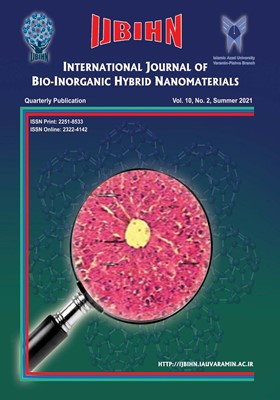-
-
List of Articles
-
Open Access Article
1 - The Influence of French Colonial Rule on Architecture with a Focus on Nano effects in interior of Residential Buildings
-
Open Access Article
2 - Fluid Characterization in a Gas Condensate Reservoir: The Effect of Lumping Techniques
-
Open Access Article
3 - Dispersive solid-phase extraction method with 2-aminopyridine/graphene oxide nano-plates of trace Co(II) in water samples
-
Open Access Article
4 - The effect of MgO@FO nanoparticles on liver tissue in male mice injected with thioacetamide
-
Open Access Article
5 - Antibacterial activity of Chitosan & ZnO nanoparticles on gram positive and gram-negative bacteria
-
Open Access Article
6 - UV radiation effects on inducing skin cancer: perspective of prevention and new strategy for treatment
-
The rights to this website are owned by the Raimag Press Management System.
Copyright © 2021-2025







